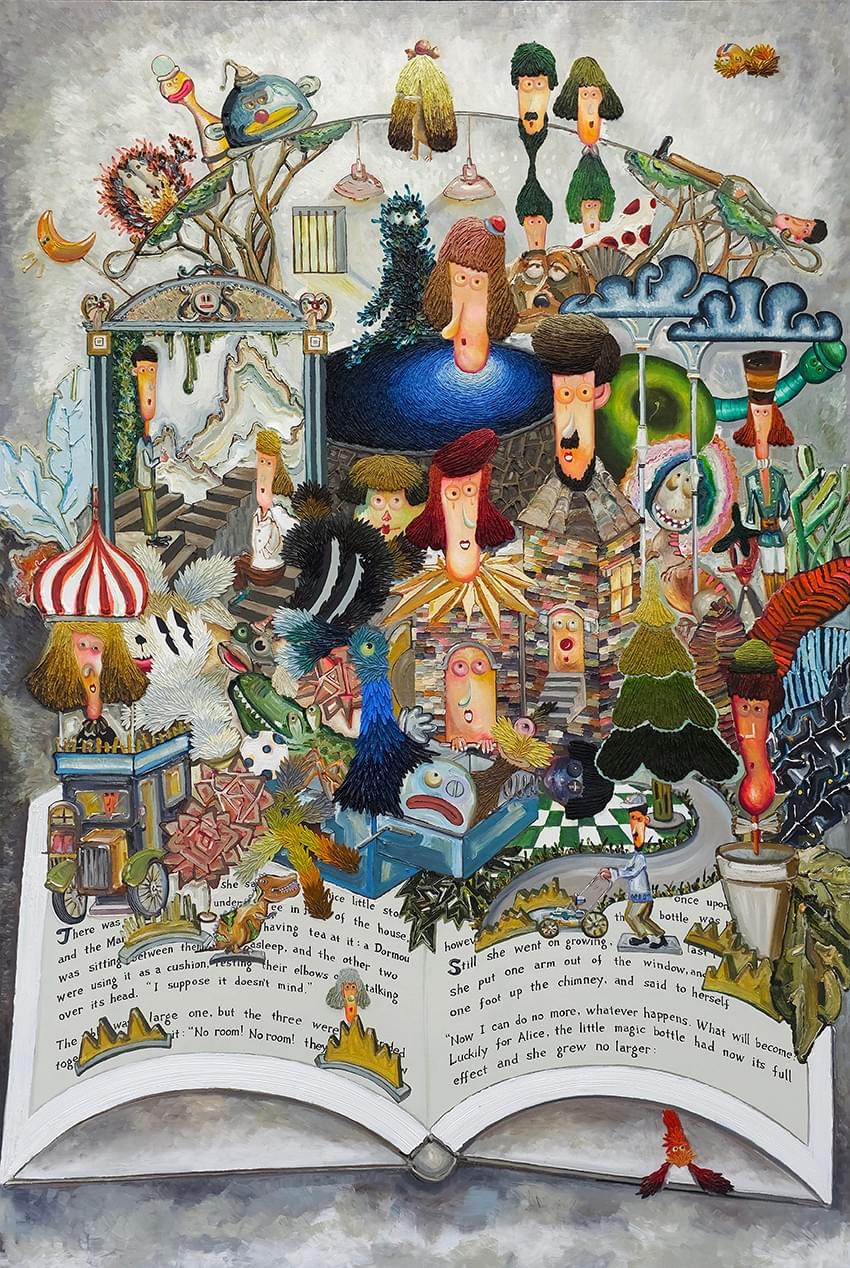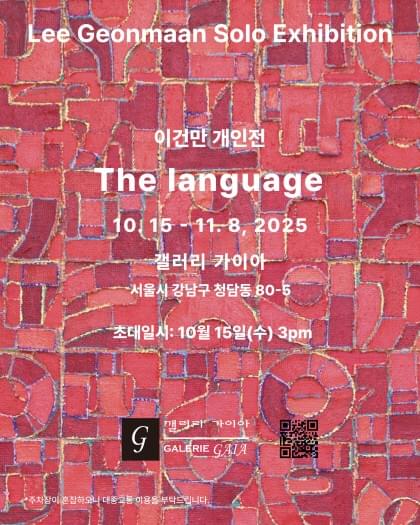
Lee Geon-Man's "The Language" explores letters as forms, structure and rhythm. His work is often referred to as "painted writing" but his aim is to offer an alternative interpretation of the alphabet. Letters as pictures is an interesting take on the history of Korean writing tradition - in the past, Korea used to use Chinese characters before transitioning to its own alphabet based on sounds and not pictograms. In this sense, Lee is trying to view letters as hieroglyphs and emphasize their aesthetic value. His process involves layering as an act of meditation and contemplation. On a different note, language and alphabets as usually seen as the medium of communication, not the subject of it - Lee turns this notion upside down as well and for him, the medium that is intended to carry the message becomes the subject of his exploration.
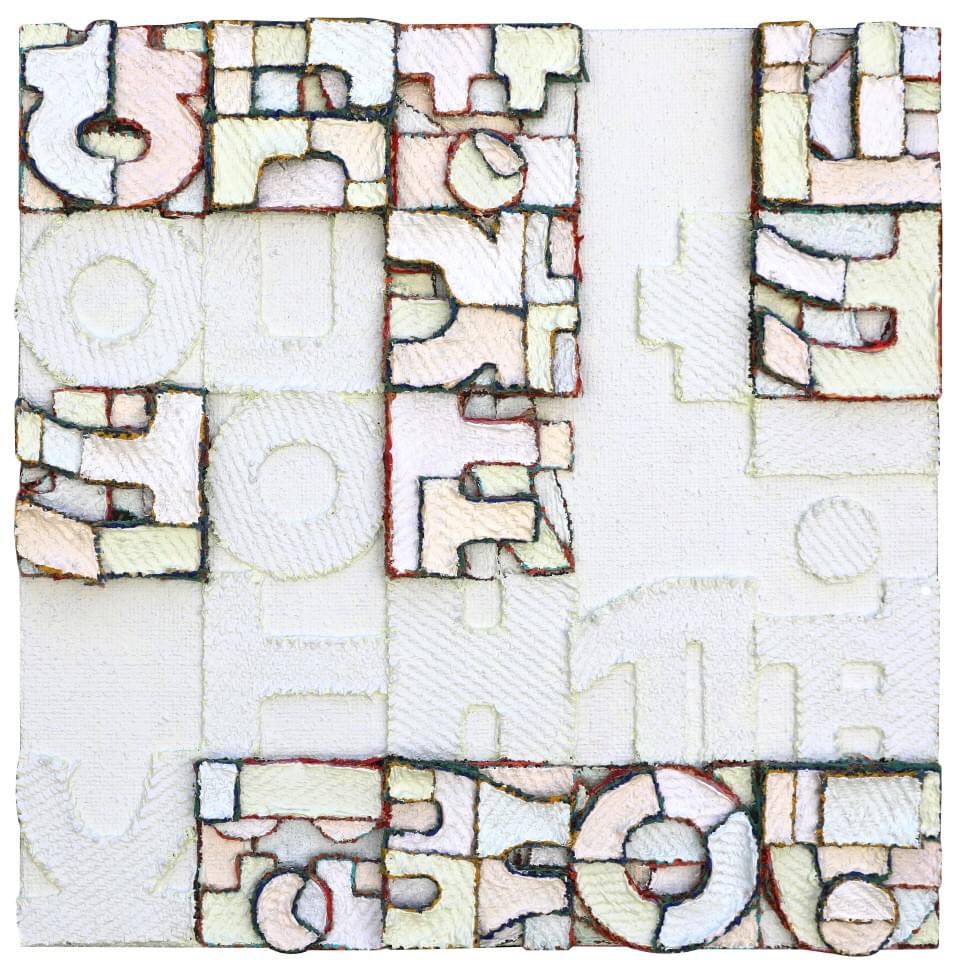


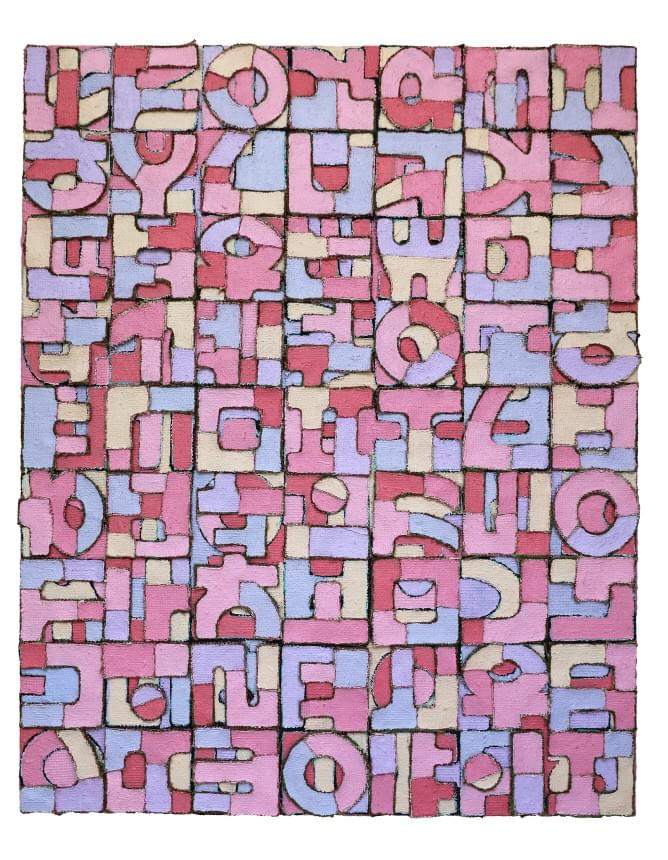
Speaking of meaning, Min Byung-Gil's "Mind Scapes" invites us to suspend our desire for an image to convey meaning or "make sense" by introducing us to a reality made of singular, disconnected, meaningless moments.
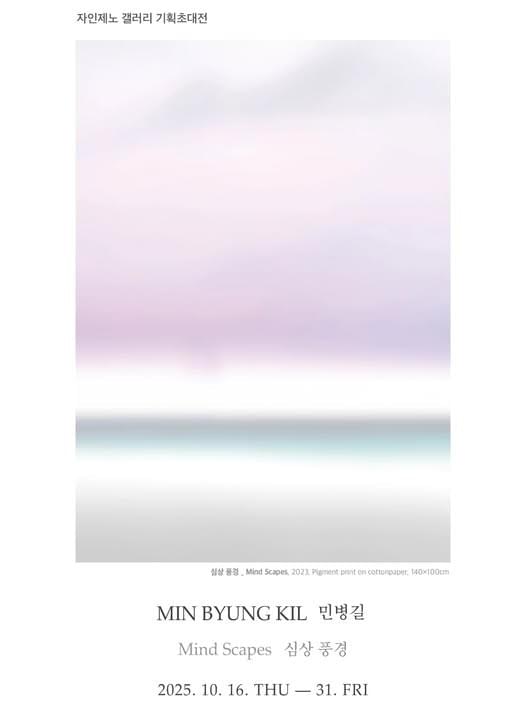
The calm, peace and non-eventfulness of his paintings forces us to focus on existence itself, to be present and in the moment; to focus on perception rather than narrative. The scenes are blurred, the painted can be grasped but not confirmed. The artist does not care for an explanation, thereby exposing the gap between the gaze and the object, between seeing and knowing.
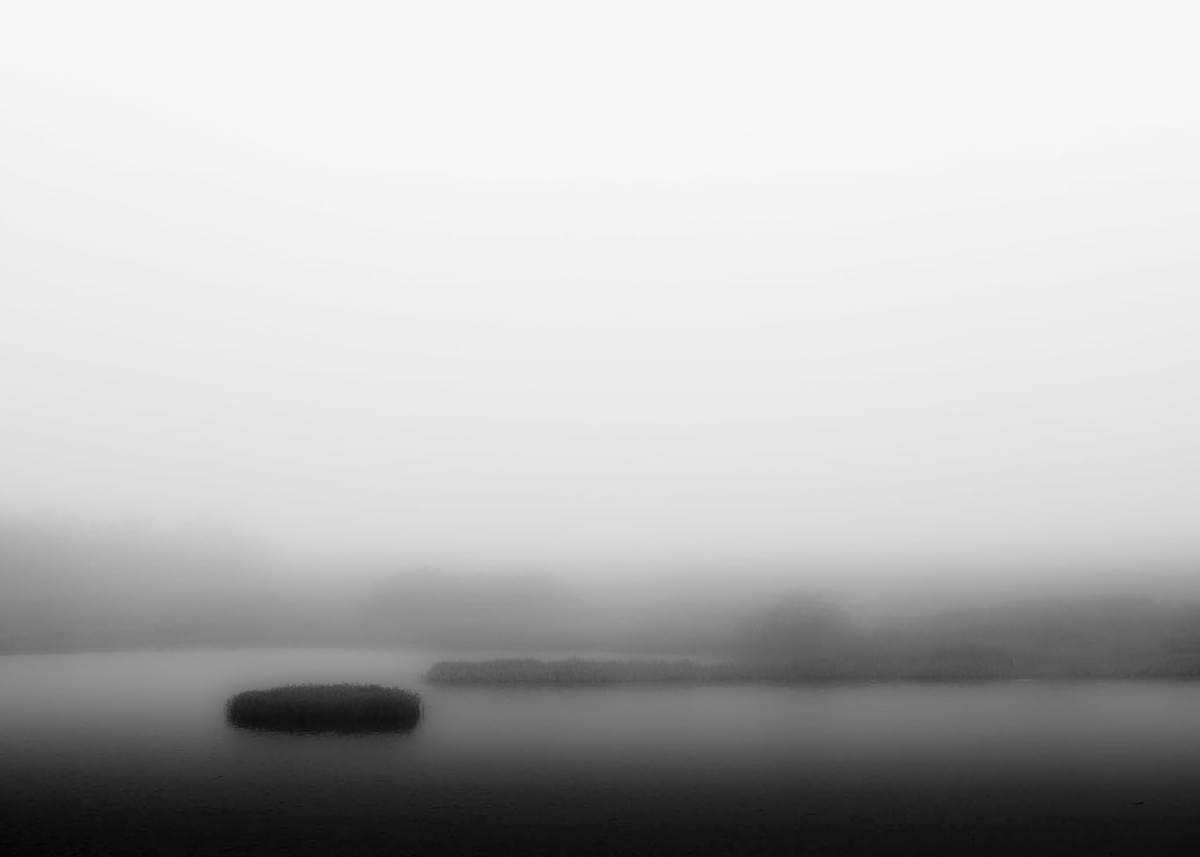


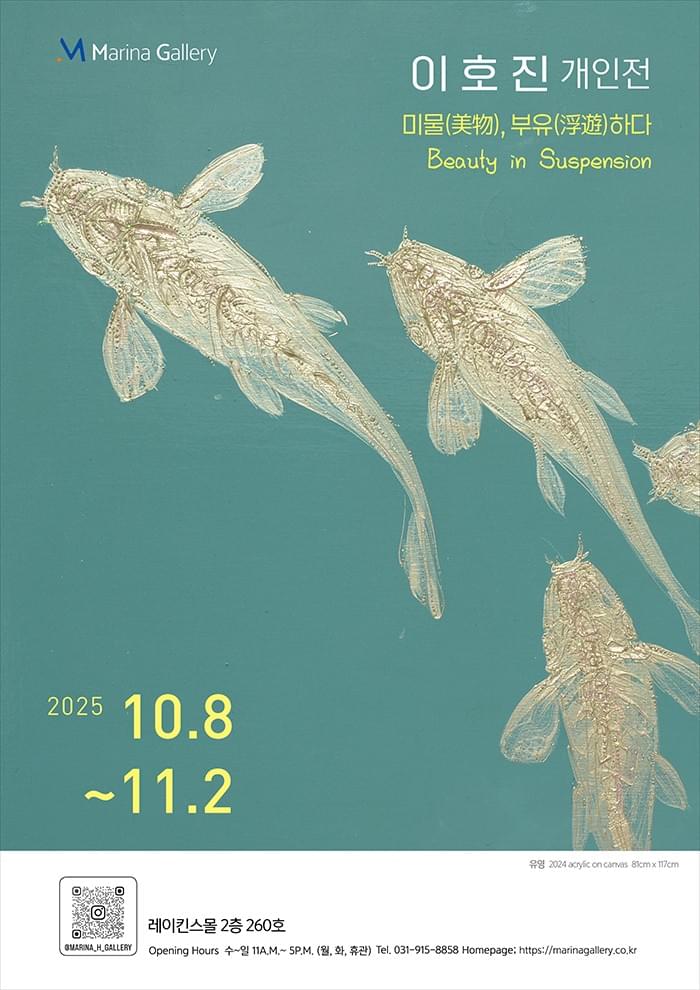
Lee Ho-Jin's "Beauty in Suspension" explores microscopic oceanic organisms as a metaphor for the unseen that comprises the bigger chunk of our world. Small organisms are seen as the key factor to maintaining balance in nature so Lee's art is a bow to the whole concept of harmony.

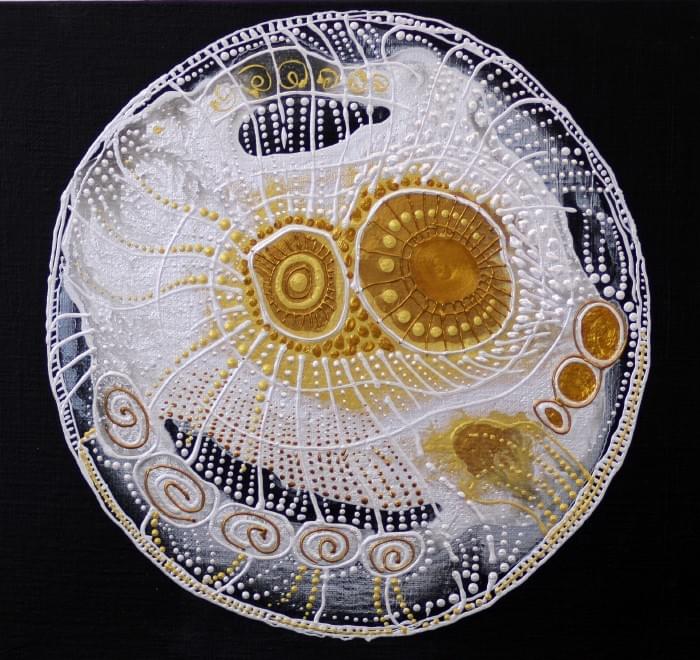
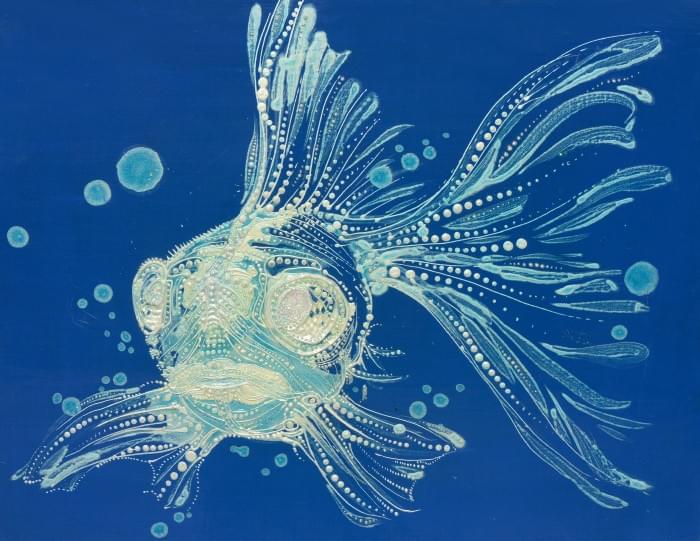
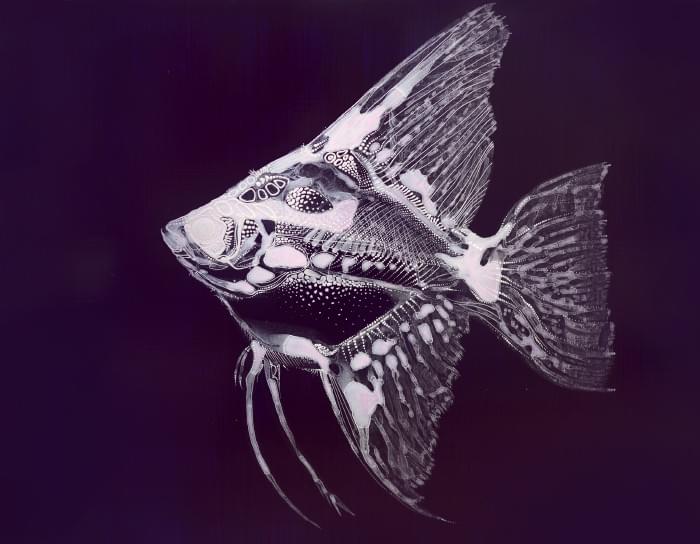
Lee Ji-Hyun's "Kidult Utopia" takes aim at the constant pursuit of unimportant things in contemporary society. One can never have enough of anything, there is a constant greed encoded in the system of Modernity. Lee's solution is to offer an escape from the tensions of adult life through a retreat into childhood.
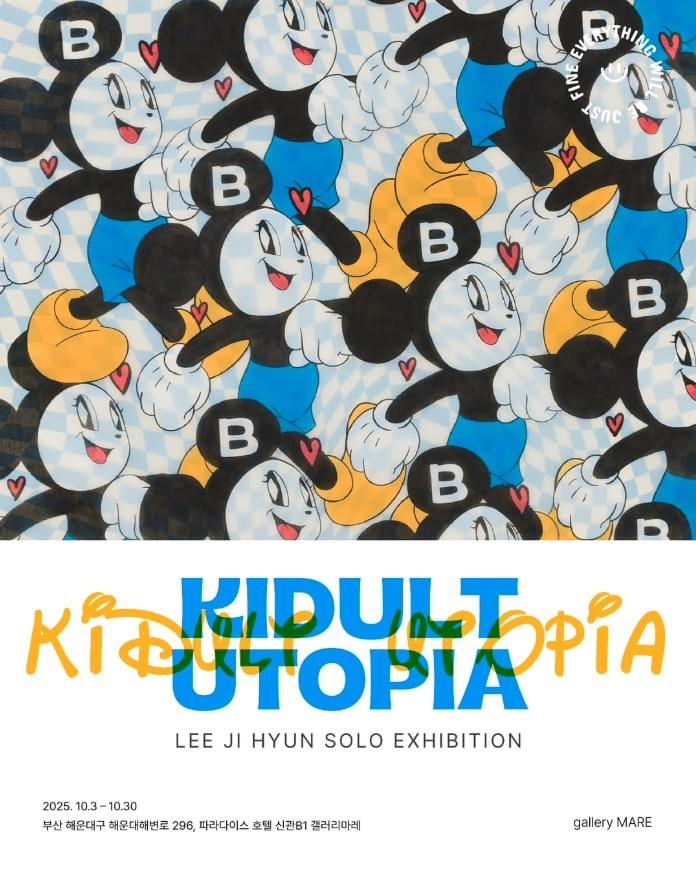


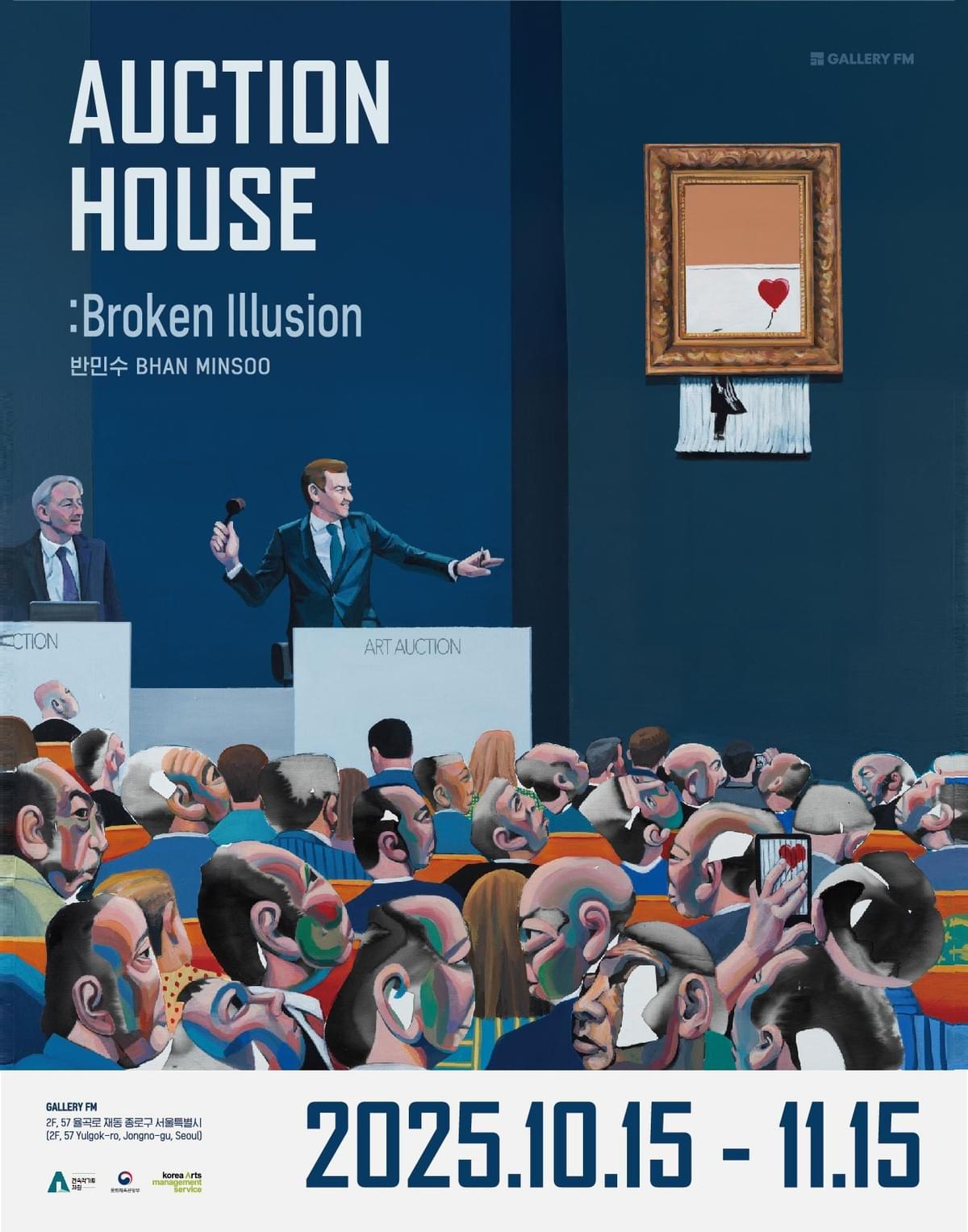
Ban Min-So's "Auction House" juxtaposes two functions of artworks - as mediums for storing spirituality and as mediums for storing material value. Auctions are not just marketplaces but psychological theatres of desire. At an auction, the spiritual meets market logic but are these two modes of thinking capable of understanding and reconciliation? The artworld is filled with the contradiction between spiritual value and investment value. The ultimate question the show poses is who determines the value of a painting?
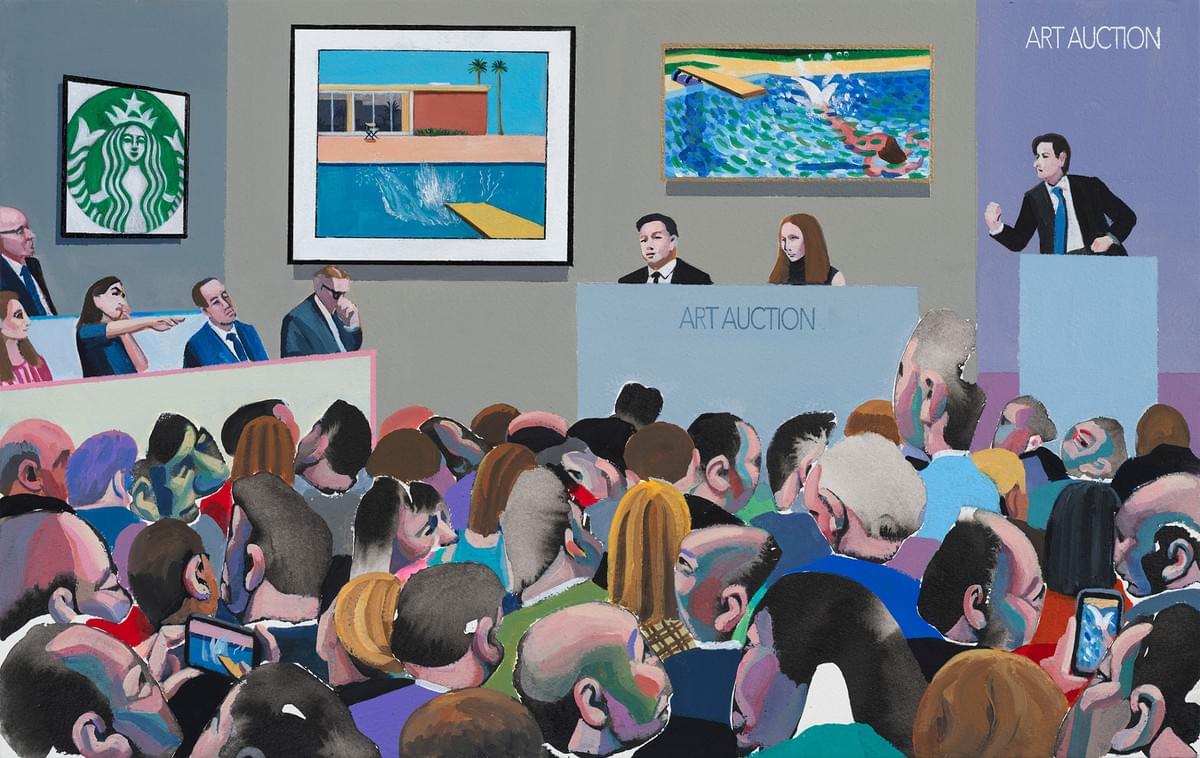


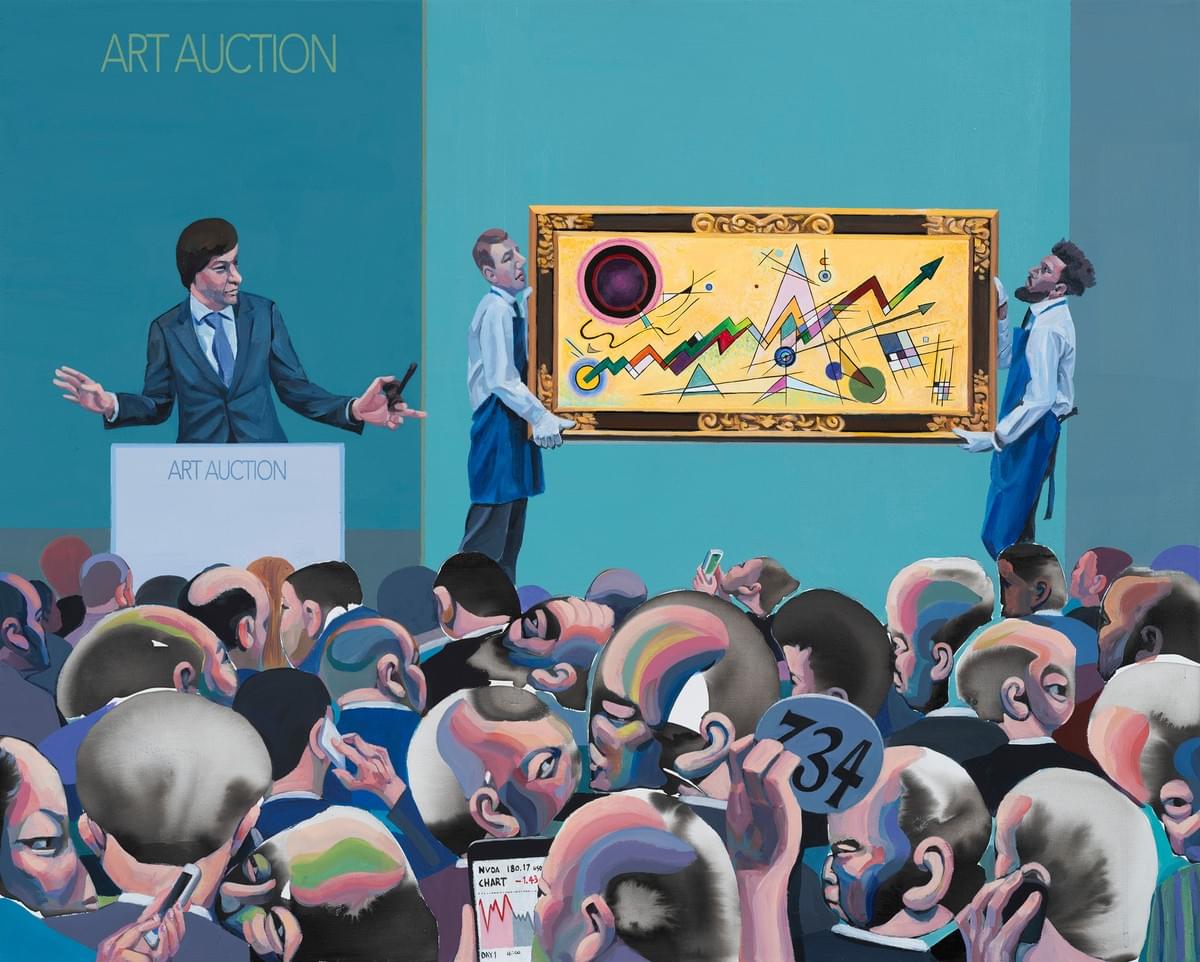
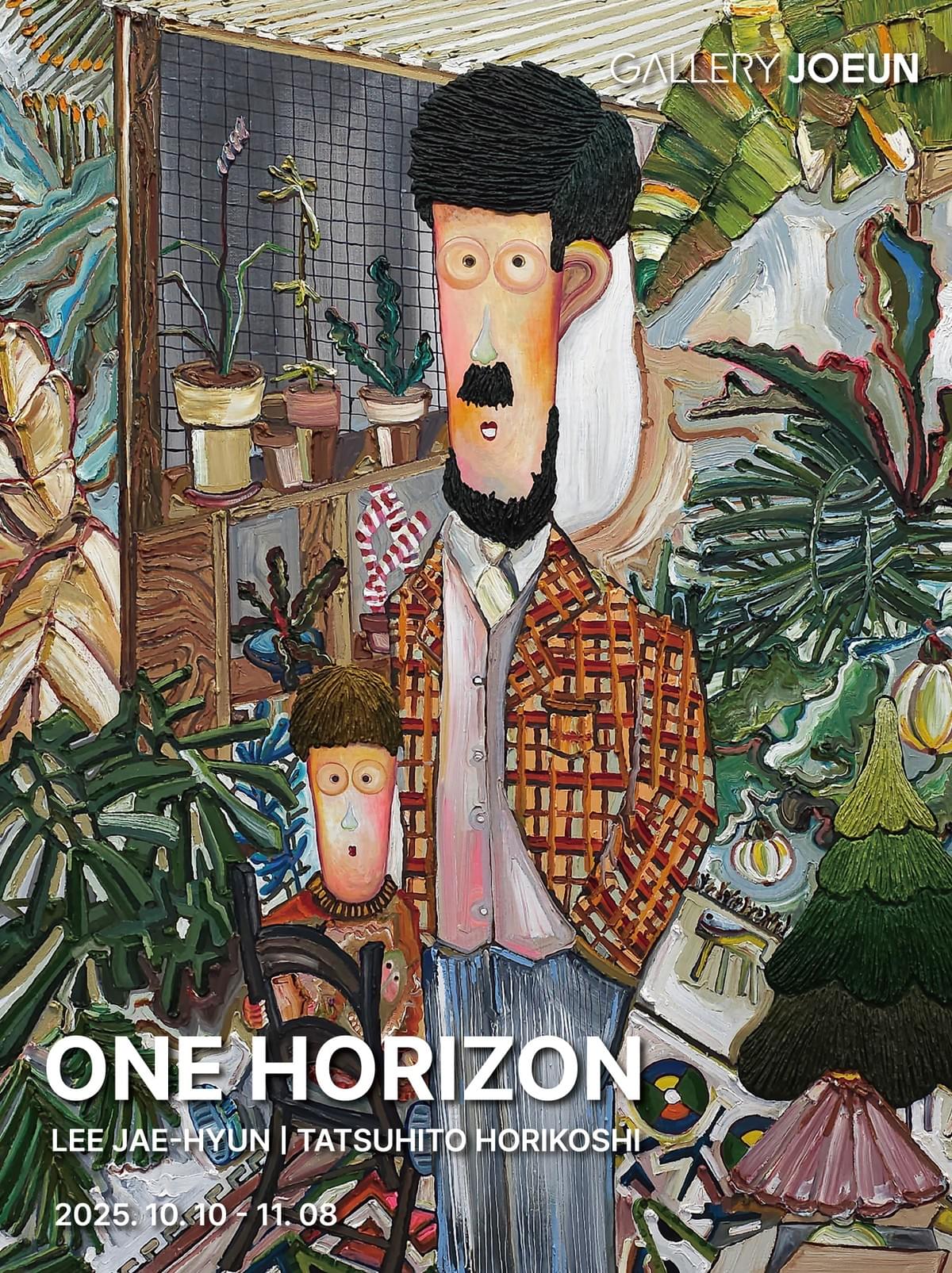
Lee Jae-Hyun's "One Horizon" replaces the memory of life with art; embodies memories in artworks. By overlaying different life experiences on the same canvas, he creates a condensed collage of his life. Inner experiences are externalised and reinterpreted strengthening his control over his own narrative. In a way, this is what we all do on our Instagram feeds - eternalise certain moments and create a complication of highlights. Lee, however, arranges all "Instagram posts" on the same canvas.
